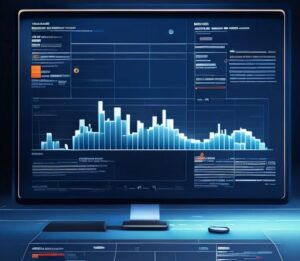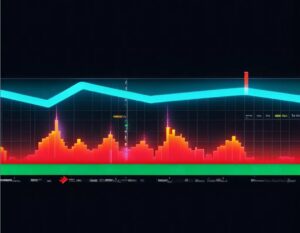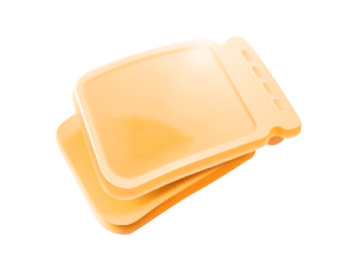Commodities form an essential part of the global economy, encompassing a wide range of raw materials and primary products that drive various industries. Understanding the world of commodities is crucial for investors and traders looking to capitalize on this lucrative market. In this article, we explore the intricacies of commodities, delve into investment strategies, and shed light on the opportunities they offer.
What Are Commodities?
Commodities are tangible goods that are interchangeable with other similar products in the market. They can be classified into four categories: energy (such as oil, natural gas, and coal), metals (such as gold, silver, and copper), agriculture (including crops like corn, wheat, and soybeans), and livestock (such as cattle and hogs). Commodities serve as the building blocks for countless industries, making them a vital component of the global supply chain.
Factors Influencing Prices
Market prices are influenced by a multitude of factors. Supply and demand dynamics, geopolitical events, weather conditions, technological advancements, government policies, and global economic trends all play significant roles in shaping product prices. Understanding these factors and staying updated on market developments is crucial for making informed investment decisions.
Commodities as an Investment:
Investing in product provides diversification and a hedge against inflation. Commodities often have a low correlation with traditional asset classes like stocks and bonds, making them an attractive addition to a balanced investment portfolio. What’s more, they also serve as a store of value, preserving purchasing power during times of currency depreciation or economic uncertainty. Investors can gain exposure to product through various avenues, including commodity futures contracts, exchange-traded funds (ETFs), and commodity-focused mutual funds.
Trading Strategies for Product
Product trading involves buying and selling contracts based on the anticipated future price of the underlying asset. Several trading strategies can be employed, including trend following, spread trading, and seasonal trading. Trend following aims to capture upward or downward price trends, while spread trading involves taking advantage of price differentials between related commodities or contracts. Seasonal trading takes into account historical price patterns that recur during specific times of the year. It’s important for traders to conduct thorough research, develop a robust risk management strategy, and stay disciplined when executing commodity trades.
The Role of Technology in Trading
Technological advancements have revolutionized commodities trading, making it more accessible and efficient. Online commodity trading platforms provide real-time price information, analysis tools, and trade execution capabilities to investors and traders. Additionally, data analytics, artificial intelligence, and machine learning algorithms are increasingly utilized to analyze vast amounts of data, identify patterns, and generate trading signals. Technology has democratized commodities trading, allowing individuals and institutional investors alike to participate in this market.
In conclusion, understanding commodities and implementing effective investment and trading strategies can unlock opportunities in this dynamic market. Whether as a diversification tool, an inflation hedge, or a means for speculative trading, commodities play a vital role in the global economy. By staying informed, leveraging technology, and adhering to sound risk management practices, investors and traders can navigate the world of purchase with confidence, harnessing their potential for financial success.











